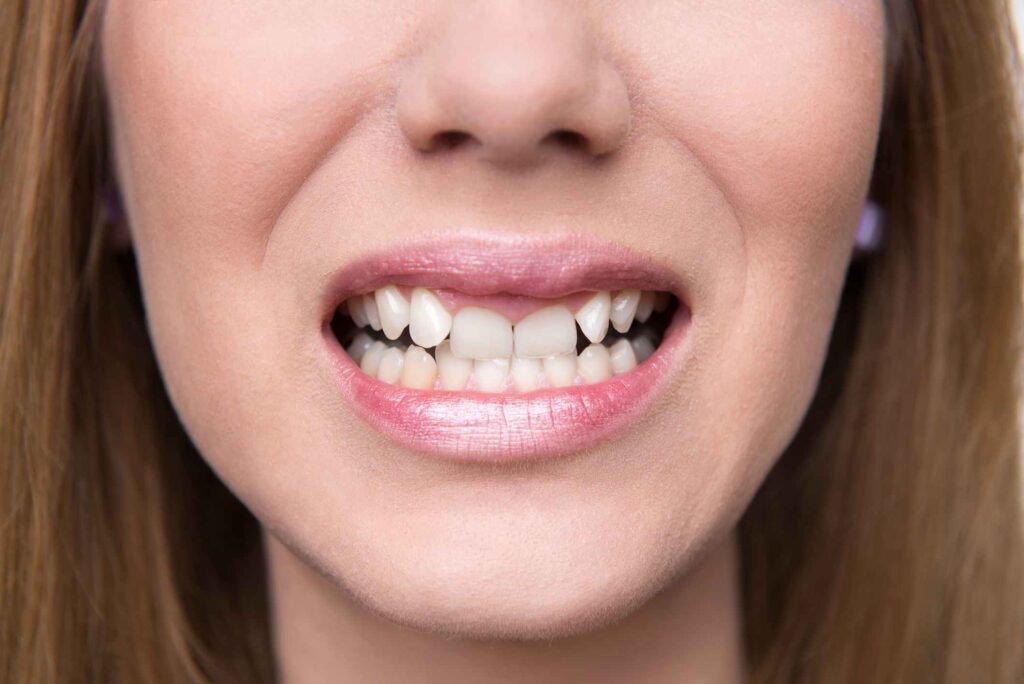Invisalign vs. Traditional Braces: Pros and Cons
Invisalign vs Traditional Braces Pros and Cons
Straightening teeth has become more customizable than ever. Patients often compare Invisalign® vs. traditional braces when deciding which option is right for them. At Creve Coeur Dental, we help patients in Creve Coeur, MO, weigh their choices so they can feel confident about their treatment plan. Each approach has its own advantages and limitations, and understanding these differences is the first step toward achieving a healthier, more attractive smile.
What Are Invisalign & Traditional Braces?
Invisalign is a system of clear aligners made from smooth, BPA-free plastic. These aligners are custom fit to the patient’s teeth and gradually shift them into the correct position. They are removable, allowing patients to take them out for meals and oral hygiene.
Traditional braces use metal or ceramic brackets bonded to the teeth, connected by wires and sometimes elastic bands. Adjustments are made periodically by the orthodontist to guide the teeth into place. Braces have been used successfully for decades and are effective for a wide range of dental corrections.

Pros & Cons of Invisalign
Patients often ask, why Invisalign is better than braces. While the answer depends on individual circumstances, Invisalign offers unique benefits:
Invisalign Pros:
When taking a look at Invisalign vs. traditional braces: pros and cons, let’s begin with the advantages of Invisalign:
- Discreet Appearance: The clear aligners are nearly invisible, making them a popular choice for adults and teens who prefer a subtle option.
- Removable Design: Aligners can be taken out during meals, brushing, and flossing, promoting easier oral hygiene and dietary freedom.
- Comfortable Material: The smooth plastic design reduces the risk of irritation to cheeks and gums.
- Predictable Planning: Digital imaging allows patients to preview their treatment progress and outcome before starting.
Invisalign Cons:
To be fair, we must also take a look at some potential disadvantages of going with Invisalign compared to traditional braces:
- Discipline Required: Aligners must be worn 20–22 hours a day, and inconsistent use can delay results.
- Not Ideal for Complex Cases: Severe misalignment or bite issues may require braces for more effective correction.
- Potential for Misplacement: Because aligners are removable, they can be lost or damaged if not handled carefully.
- Cost Considerations: Invisalign may be more expensive than traditional braces, depending on treatment needs and insurance coverage.
Pros & Cons of Traditional Braces
Traditional braces remain a reliable solution for many orthodontic cases. They come with their own strengths and challenges:
Traditional Braces Pros:
There are many advantages of going with traditional braces. Each patient’s needs are unique, but here are some pros of braces:
- Effective for Complex Issues: Braces can correct severe crowding, large gaps, or significant bite problems.
- No Compliance Worries: Since braces are fixed to the teeth, treatment continues 24/7 without patient responsibility for wear time.
- Variety of Options: Patients can choose between metal and ceramic brackets, with ceramic providing a less noticeable appearance.
- Proven Track Record: Decades of successful outcomes show braces remain one of the most dependable tooth-straightening methods.
Traditional Braces Cons:
Traditional braces are not right for everyone. Here are some of the disadvantages you may face when making this decision:
- Noticeable Appearance: Braces are visible, which may affect self-confidence during treatment.
- Dietary Restrictions: Sticky, hard, or chewy foods must be avoided to prevent damage to brackets and wires.
- Oral Hygiene Challenges: Braces can trap food and plaque, requiring extra care with brushing and flossing.
- Potential Discomfort: Wires and brackets may cause irritation, especially after adjustments.
Key Differences Between Invisalign & Traditional Braces
When considering Invisalign vs. traditional braces, patients should evaluate how each treatment fits into their lifestyle and goals. Invisalign offers more discretion and flexibility, while braces provide consistent results for complex corrections. Invisalign aligners are removable, while braces remain in place until treatment ends. Costs and treatment times vary, but braces are generally more affordable upfront, whereas Invisalign may involve higher fees depending on case complexity.
Which Is Faster: Invisalign or Traditional Braces?
Many patients wonder, “Are traditional braces faster than Invisalign?” The answer depends on the specific dental issues being addressed. Traditional braces often work more quickly for severe misalignments or bite corrections, while Invisalign may be faster for mild to moderate adjustments when aligners are worn as directed. On average, Invisalign treatment takes 12 to 18 months, while braces may range from 18 months to 3 years. Treatment time is determined by individual needs and compliance.
Factors to Consider When Choosing Braces or Invisalign
Choosing between Invisalign and braces involves more than just aesthetics. Several personal factors should be reviewed:
- Treatment Complexity: Braces may be the better choice for complicated alignment or bite problems.
- Lifestyle Needs: Patients who prefer flexibility and minimal dietary restrictions often lean toward Invisalign.
- Budget: Insurance coverage, payment plans, and overall costs may affect the decision.
- Age & Responsibility: Since Invisalign requires consistent wear, it may be better suited for adults and older teens.
- Long-Term Goals: Patients should consider not only appearance but also comfort, convenience, and maintenance.
Making the Right Choice for Your Smile
So, which is better, Invisalign or braces? The answer is different for every patient. Invisalign appeals to those who value discretion and convenience, while traditional braces remain the standard for comprehensive orthodontic correction. The best way to make the decision is through an oral health evaluation with a dental professional who can recommend the most effective approach based on individual goals, oral health, and lifestyle factors.
At Creve Coeur Dental, we guide patients through the process of comparing Invisalign vs. traditional braces: pros and cons, treatment timelines, and expected outcomes. By reviewing both options carefully, patients in Creve Coeur, MO can make informed choices that align with their needs. Schedule your appointment today.
